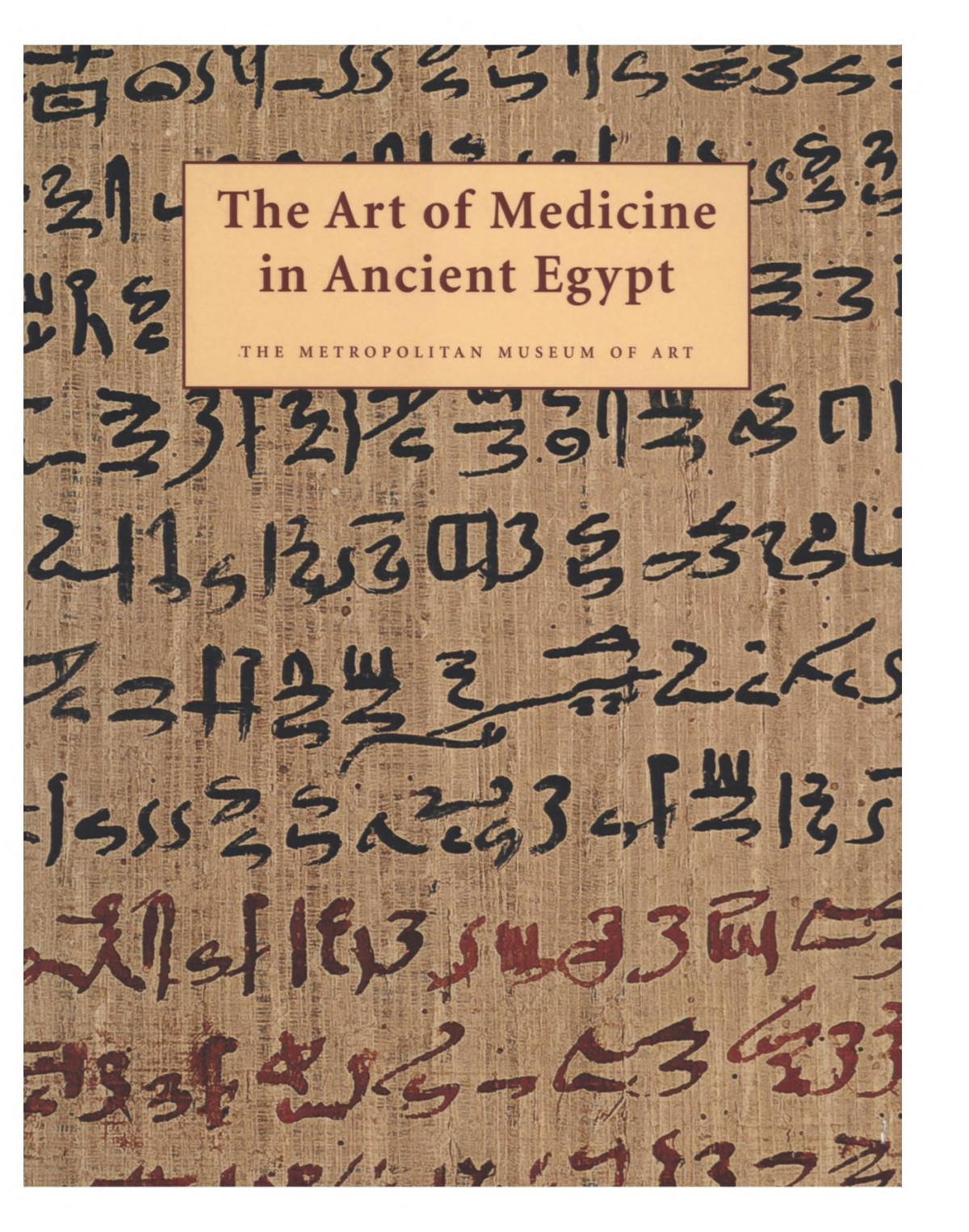

Most ebook files are in PDF format, so you can easily read them using various software such as Foxit Reader or directly on the Google Chrome browser.
Some ebook files are released by publishers in other formats such as .awz, .mobi, .epub, .fb2, etc. You may need to install specific software to read these formats on mobile/PC, such as Calibre.
Please read the tutorial at this link: https://ebookbell.com/faq
We offer FREE conversion to the popular formats you request; however, this may take some time. Therefore, right after payment, please email us, and we will try to provide the service as quickly as possible.
For some exceptional file formats or broken links (if any), please refrain from opening any disputes. Instead, email us first, and we will try to assist within a maximum of 6 hours.
EbookBell Team

5.0
38 reviews(ocr & analytical bookmarks for text & illustration added)
The prevention and cure of disease and the treatment of injuries were major concerns in ancient Egypt. Poorly understood in Egyptian society, illness informed much of their art. Featuring works from The Metropolitan Museum's collection, this fascinating book examines this relatively unexplored and underappreciated aspect of Egyptian art. It includes two introductory essays on Egyptian medicine, descriptions and photographs of sixty-four objects, and the first color reproduction of the Edwin Smith Papyrus in its entirety, accompanied by a full translation. One of the world's oldest scientific documents, the 15-foot-long Smith papyrus (now housed in the New York Academy of Medicine), discusses both practical and magical treatments of wounds and other maladies.
Diseases and injuries were major concerns for ancient Egyptians. This book, featuring some sixty-four objects from the Metropolitan Museum, discusses how both practical and magical medicine informed Egyptian art and for the first time reproduces and translates treatments described in the spectacular Edwin Smith Papyrus.
James P. Allen , Susan J. Allen , and Diana Craig Patch are in the Department of Egyptian Art, and David T. Mininberg , M.D., is associated with the Department of Egyptian Art, all at The Metropolitan Museum of Art.